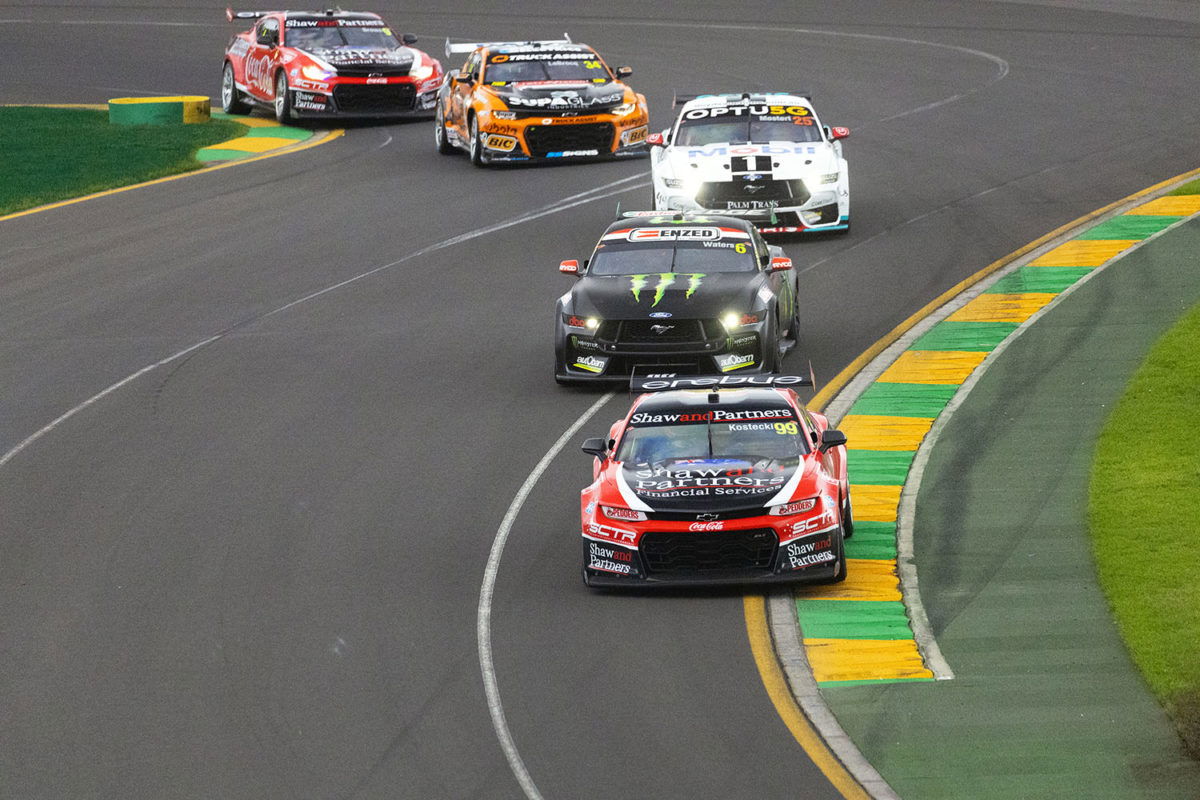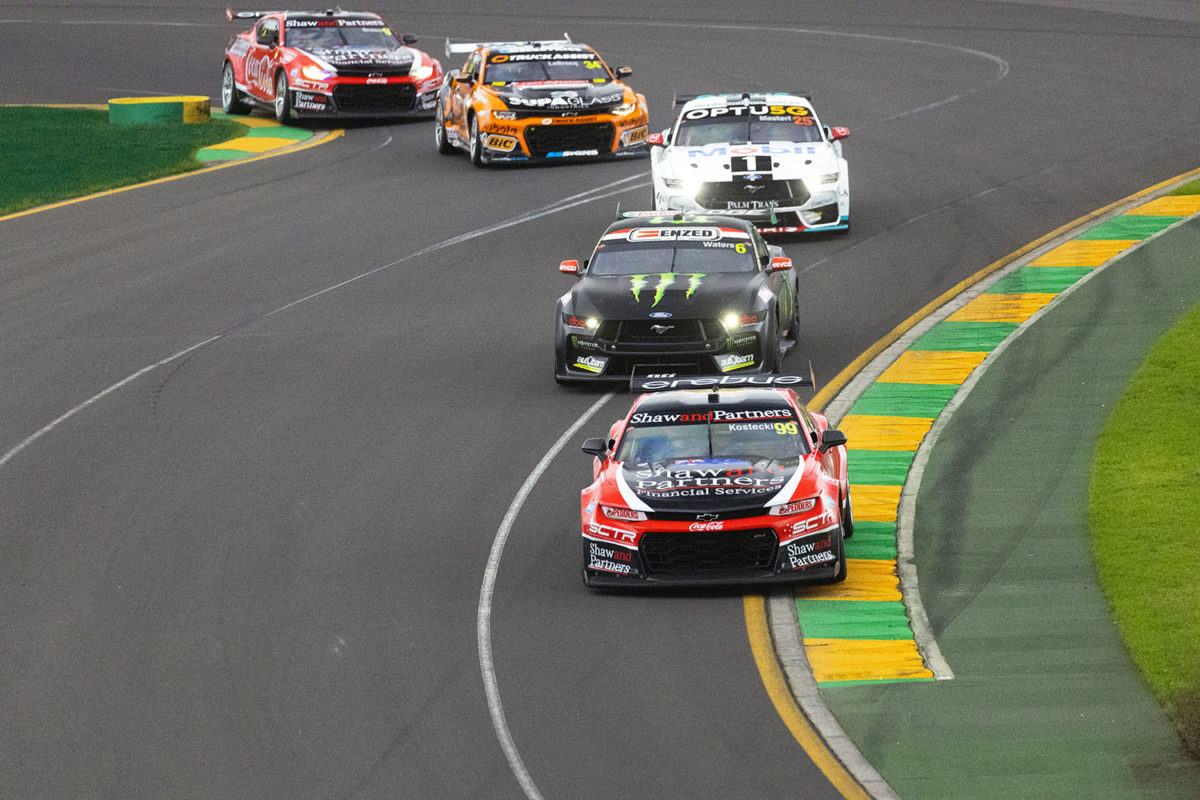

Teams are working with Supercars to cut costs out of the new Gen3 race cars which have proven more expensive than their predecessors so far.
One of the stated aims of the project, back in 2020, was to cut the cost of a new car to around $350,000 including an engine.
The reality is that figures of as much as a million dollars per car are being thrown around with respect to Gen3, with the cost of parts and rate at which they are being consumed adding to the burden.
Walkinshaw Andretti United co-owner Ryan Walkinshaw told media, “The cost of the car so far is more expensive than the previous ones, as a whole car.
“We’re going to find out what the running costs of the cars are throughout the season. So far, there’s more expensive parts in certain areas of the car which previously were a lot cheaper.
“But, we’re going to be working with Supercars and all the teams are going to be working with Supercars on having a sustainability plan which will try and bring down some of that cost going forward.
“I think the main thing is that the cars look great, they sound great, they’re fast, and they look harder for the drivers to actually steer, which, I think, is a good thing for the fans; it’s going to make for much more exciting racing.
“So, I think the product’s good, there’s things we can improve on, but there was always going to be.”
Walkinshaw cited the rush to simply finish cars as a contributing factor, while Tickford Racing Team Principal Tim Edwards pointed out that the COVID pandemic had also changed the landscape since the Gen3 project began.
“The [cost-cutting] conversation’s absolutely started amongst the teams, and we’re trying to engage Supercars in that, because this is not where we wanted to be,” he told Speedcafe.
“We do need to pull costs out of it. We wanted it to be 30 percent cheaper to build and 30 percent cheaper to run, and it’s probably 30-plus, 30-plus [ie respective increases], so that’s not what we set out to achieve.
“Not all of that is our own doing. Some of that is that the global price of everything has just gone catastrophic.
“[For example] Aluminium’s 30 percent higher than what it was; well, they say it’s 30 percent, but if you can find it 30 percent more, you’re doing well, because it’s more like 50 percent more.
“So, from the point where this project started, the world’s changed. We’ve gone through COVID, everything’s way more expensive, so it’s not all a result of poor design; circumstances out of our control have impacted that as well.
“But, as part of the process of beefing these cars up to make them more durable, that also makes them cheaper to run because when you’re breaking all the stuff, that’s the 30 percent increase in ongoing costs.”
Edwards’ counterpart at Erebus Motorsport, Barry Ryan, identified engines as an area which already looks fruitful, and is confident that solutions to the other cost pain points will come as the year progresses.
“I think the biggest thing that we all needed to have was engines that were more cost-effective,” he told Speedcafe.
“It looks like we’re doing well with that, and I’m really happy with what KRE’s done with the GM engine; it seems to be okay. So, as long as we get decent kilometres out of the engines, that seems to be a big tick.
“Then, there’s just some things in the car that we need to make better so you can race hard and not break really expensive components.
“But, there’s light at the end of the tunnel there; it’s not like we can’t fix it.
“It’s our second round, there’s a lot of information now about how they will crash and how they will break and how they will bend, and there’s some easy solutions and some more difficult solutions.
“Hundred percent, by mid-year, I think we’ll have some good things in place that are going to help save some of the costs that we’re potentially going to get hit with in the next couple of rounds until we do fix it.
“But, it’s not going to be reinventing the wheel. It’s just going to be a bit more thought and a bit more time.”



















Discussion about this post